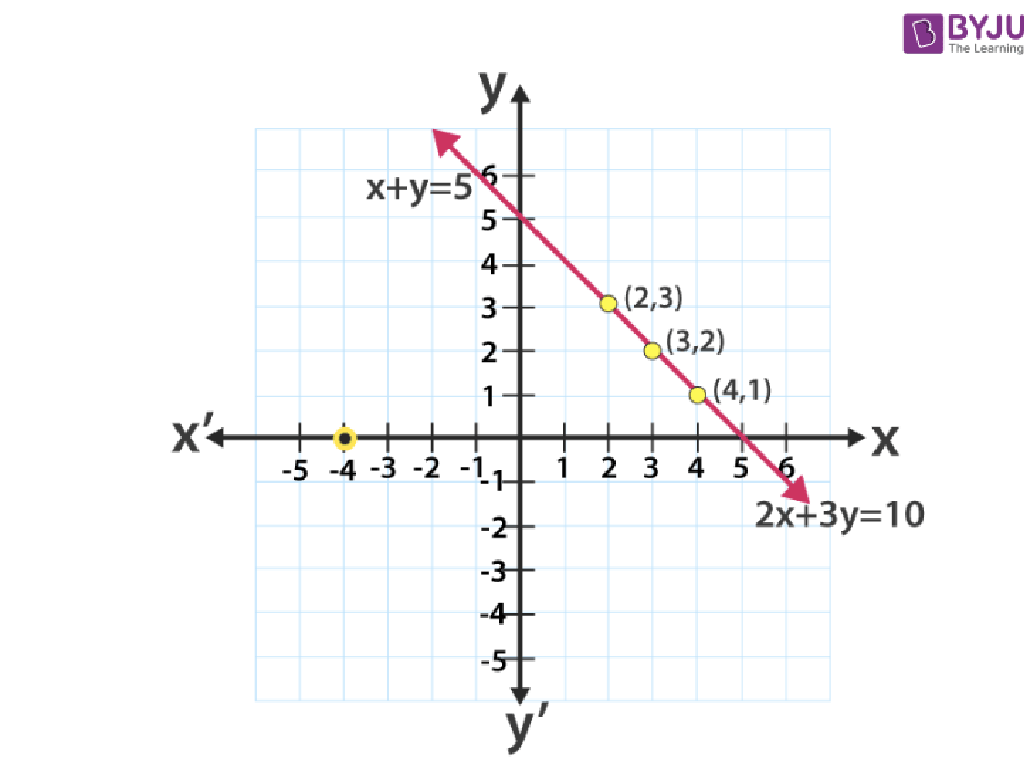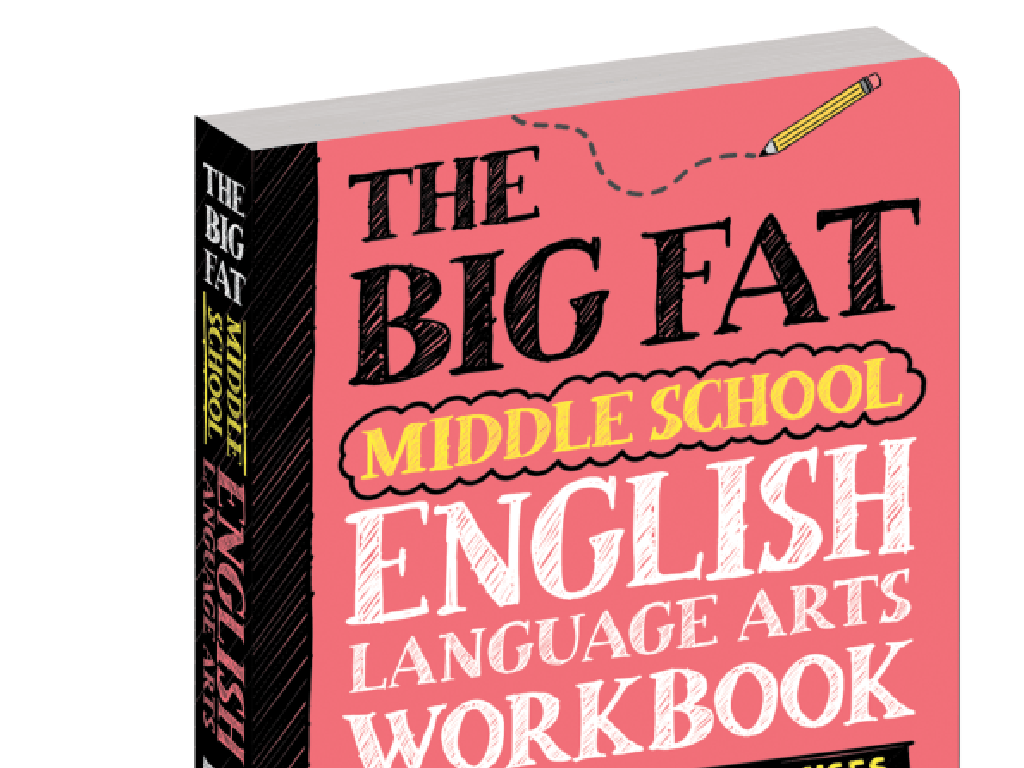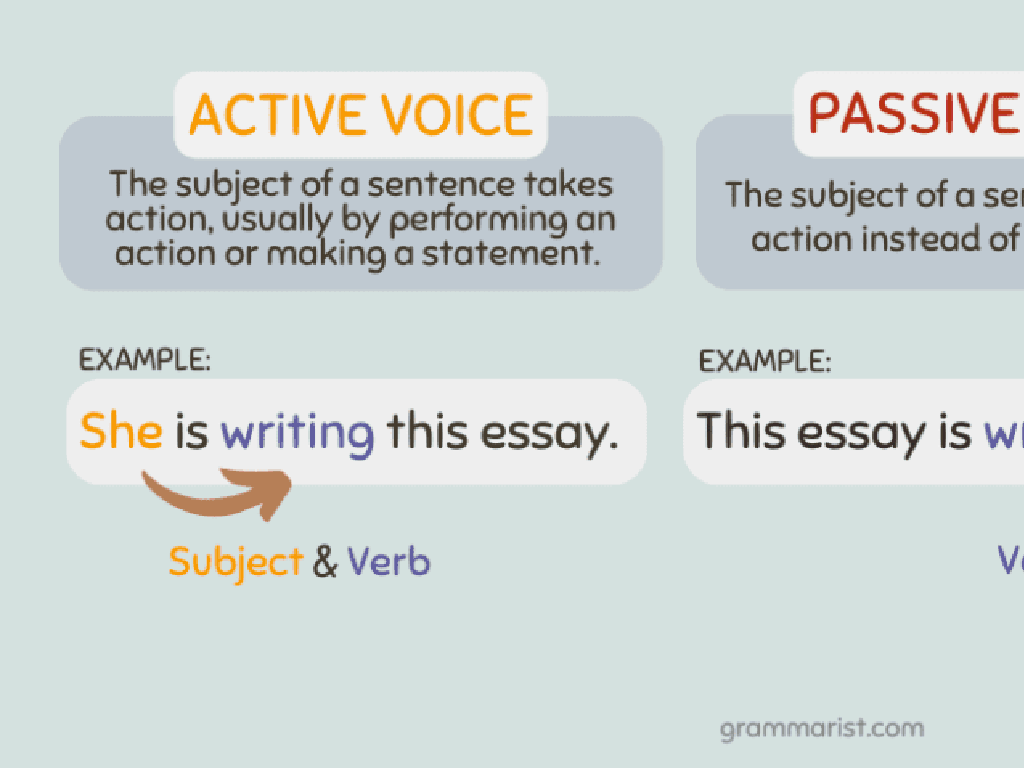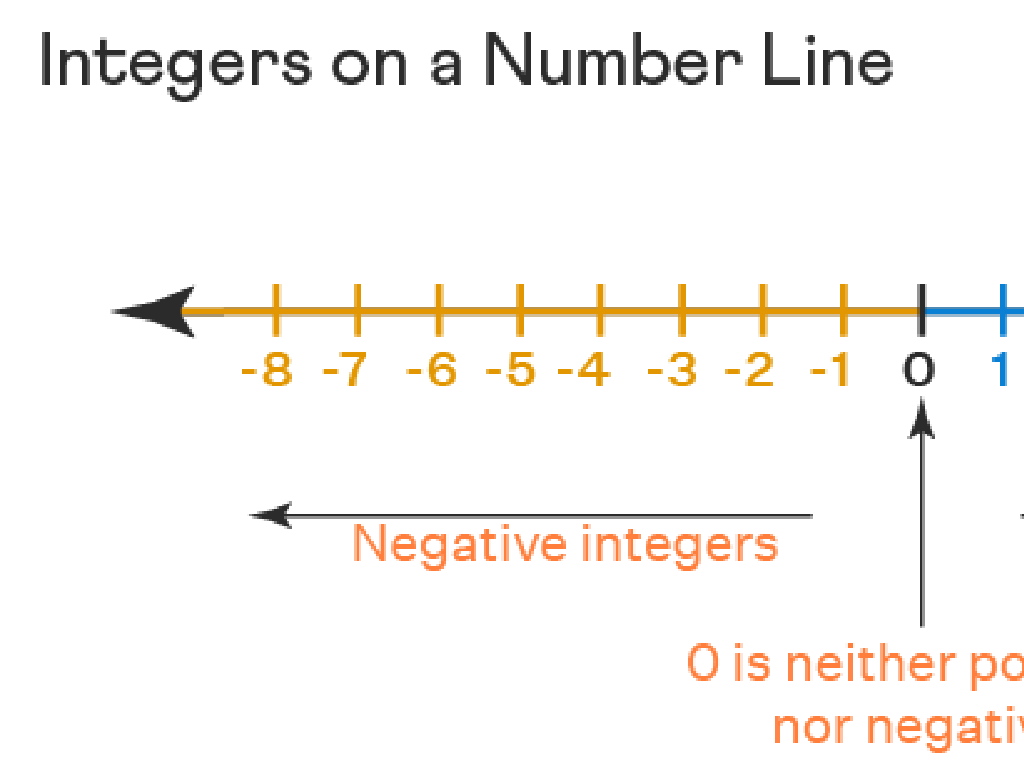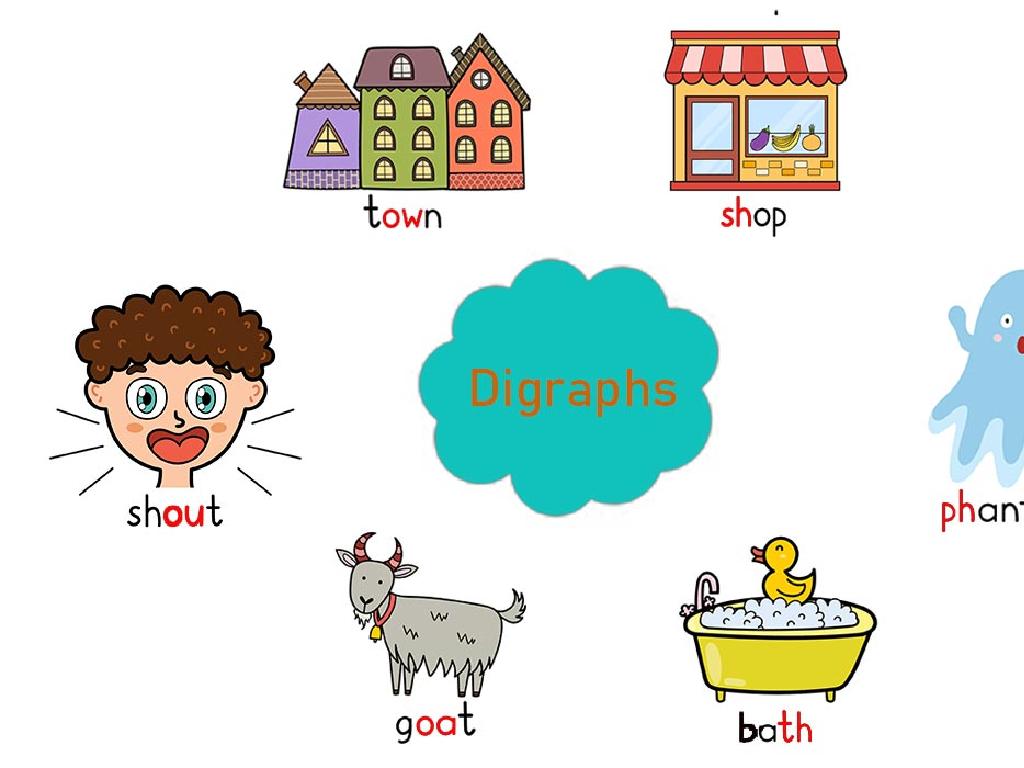Use Reflexive Pronouns
Subject: Language arts
Grade: Fourth grade
Topic: Pronouns
Please LOG IN to download the presentation. Access is available to registered users only.
View More Content
Today’s Focus: Reflexive Pronouns
– Pronouns in sentences
– What are Reflexive Pronouns?
– Words that refer back to the subject of the sentence, like ‘myself’, ‘yourself’.
– Examples of Reflexive Pronouns
– ‘I did the homework myself.’ or ‘She baked the cake herself.’
– Practice using Reflexive Pronouns
|
This slide introduces reflexive pronouns to the students. Begin by explaining the general role of pronouns in sentences, which is to take the place of nouns. Then, move on to define reflexive pronouns specifically, emphasizing that they are used when the subject and the object of the sentence are the same person or thing. Provide clear examples using simple sentences to illustrate the concept. For instance, ‘I taught myself to play the piano.’ Encourage students to come up with their own sentences using reflexive pronouns. As an activity, students can work on exercises where they replace nouns with reflexive pronouns or identify reflexive pronouns in given sentences.
Understanding Pronouns
– Pronouns replace nouns
– Examples: he, she, it, they
– Reflexive pronouns: myself, ourselves
– Reflects back to the subject: ‘I did the homework myself.’
– Use reflexive pronouns correctly
– ‘She made herself a sandwich.’ Not just ‘She made a sandwich.’
|
Begin with a quick review of what pronouns are, emphasizing their role in replacing nouns to avoid repetition and make sentences easier to read and understand. Provide common examples such as ‘he’, ‘she’, ‘it’, and ‘they’. Introduce reflexive pronouns by explaining that they are used when the subject and the object of the sentence are the same, and they end in ‘-self’ or ‘-selves’. Give examples and explain how they are used for emphasis or to indicate that the action of the verb is performed by the subject alone. Encourage students to create sentences using reflexive pronouns to ensure comprehension.
Understanding Reflexive Pronouns
– Reflexive pronouns in sentences
– When the subject does something to itself, like ‘I taught myself.’
– Singular and plural forms
– ‘Self’ for one, ‘selves’ for more than one
– Examples: myself, ourselves
– ‘I did it myself’ or ‘We did it ourselves’
– Use them for emphasis too
– ‘I myself don’t know’ or ‘They themselves were surprised’
|
This slide introduces reflexive pronouns, which are used when the subject of the sentence is also the object. Explain that these pronouns always end in ‘-self’ for singular and ‘-selves’ for plural. Provide clear examples for each pronoun and ensure students understand the difference between singular and plural usage. Additionally, highlight that reflexive pronouns can also be used for emphasis to reinforce the subject’s role in the action. Encourage students to create sentences using reflexive pronouns to solidify their understanding.
Using Reflexive Pronouns Correctly
– Rules for reflexive pronouns
– Reflexive pronouns reflect back to the subject, like ‘myself’, ‘yourself’.
– Avoid after prepositions of place
– Don’t say ‘The cat curled up in itself.’ Use ‘The cat curled up in its bed.’
– Example: ‘I made this cake myself.’
– Shows emphasis that ‘I’ completed the action alone without help.
|
This slide aims to teach students the correct usage of reflexive pronouns in sentences. Reflexive pronouns are used when the subject and the object of a sentence are the same, and they end in ‘-self’ or ‘-selves’. It’s important to note that they are not typically used after prepositions of place. For example, we don’t say ‘She sat by herself to the park’ but ‘She sat by herself at the park.’ Use the cake example to show how reflexive pronouns can also be used for emphasis to indicate that the subject of the sentence performed the action alone. Encourage students to create their own sentences using reflexive pronouns to reinforce the concept.
Let’s Practice Reflexive Pronouns!
– Find reflexive pronouns in sentences
– Look for words ending in ‘-self’ or ‘-selves’
– Create your own sentence with one
– Make sure the subject and pronoun match
– Understand how they are used
– They refer back to the subject in a sentence
– Share your sentences with the class
|
This slide is for a class activity focused on reflexive pronouns. Students will first identify reflexive pronouns in provided sentences. Reflexive pronouns include words like ‘myself,’ ‘yourself,’ ‘himself,’ ‘herself,’ ‘itself,’ ‘ourselves,’ ‘yourselves,’ and ‘themselves.’ After identification, students will create their own sentences using a reflexive pronoun, ensuring that the subject of their sentence matches the reflexive pronoun they choose. For example, ‘I taught myself to play the piano.’ Encourage creativity and provide guidance to ensure they understand that reflexive pronouns are used when the subject and the object of the sentence are the same. Afterward, have students share their sentences with the class to reinforce their learning and to practice public speaking.
Reflexive Pronouns in Our Lives
– Understanding reflexive pronouns
– Words that end in ‘self’ or ‘selves’ and point back to the subject
– Reflexive pronouns in books
– ‘She taught herself to read’ shows ‘herself’ refers back to ‘she’
– Using reflexive pronouns in conversations
– When we talk, we might say ‘I did it myself!’ to emphasize who did it
– Following instructions with reflexive pronouns
– Directions like ‘Do it yourself’ use reflexive pronouns to tell us who should act
|
This slide aims to help students recognize and use reflexive pronouns in various aspects of their daily lives. Reflexive pronouns are used when the subject and the object of a sentence are the same, and they end in ‘self’ or ‘selves.’ By providing examples from literature, everyday conversations, and common instructions, students can see how these pronouns function in context. Encourage students to share their own examples of reflexive pronouns they have come across in their reading or heard in discussions. This will help solidify their understanding and ability to use reflexive pronouns correctly.
Class Activity: Reflexive Pronoun Hunt
– Find reflexive pronouns in a book
– Write the sentence with pronoun
– Underline the reflexive pronoun
– Explain why it was used
– For example, ‘She made herself a sandwich.’ Why is ‘herself’ used here?
|
This activity is designed to help students identify and understand the use of reflexive pronouns in literature. Students should look for words like ‘myself,’ ‘yourself,’ ‘himself,’ ‘herself,’ ‘itself,’ ‘ourselves,’ ‘yourselves,’ and ‘themselves’ in the context of a sentence. By writing down the sentence and underlining the reflexive pronoun, they will practice recognizing its role in the text. Encouraging them to explain the usage will deepen their comprehension of reflexive pronouns. Possible activities: 1) Pair students to discuss their findings, 2) Create a reflexive pronoun chart with examples from their books, 3) Have a ‘reflexive pronoun day’ where students use reflexive pronouns in sentences, 4) Write a short story using reflexive pronouns, 5) Role-play with sentences using reflexive pronouns.
Conclusion: Reflexive Pronouns Recap
– What reflexive pronouns are
– Words like ‘myself’, ‘yourself’, used when the subject and object are the same
– The importance of reflexive pronouns
– They help us talk about our own actions and emphasize
– Let’s take a quick quiz!
– Show what you’ve learned about reflexive pronouns
|
As we wrap up, let’s review what reflexive pronouns are and why they’re important. Reflexive pronouns are used when the subject of the sentence is also the object. They are essential for clarity in our speech and writing, allowing us to indicate that an action is performed on the subject itself. To ensure understanding, we’ll conduct a quick quiz. Prepare a few simple sentences where students choose the correct reflexive pronoun or identify if a reflexive pronoun is used correctly. This interactive activity will help solidify their knowledge and give them the confidence to use reflexive pronouns in their daily language.

